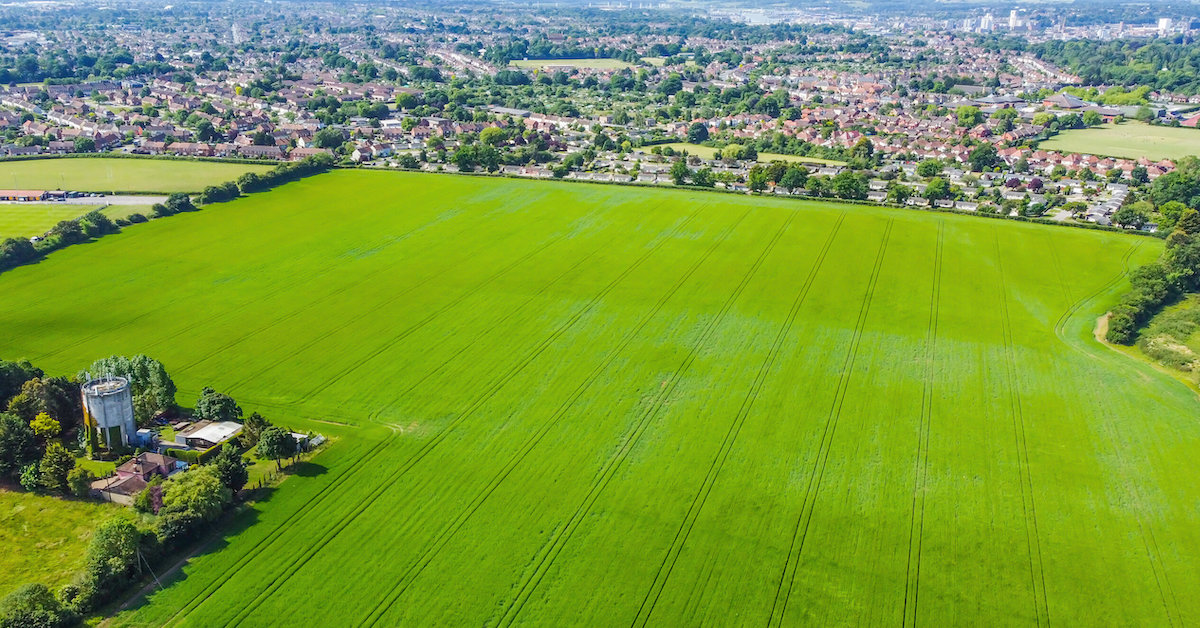Activity in the East of England development land market remains steady and a shortage of supply continues to fuel competition despite average values falling since the start of the year.
According to new research from Savills, greenfield land values in the East of England fell by 1.5 per cent in the three months to June this year, a drop of 6.4 per cent in the last year.
For the UK as a whole greenfield land values fell by 1.1 per cent in the last quarter and by 4.4 per cent year on year.
Urban land values in the East of England stayed relatively stable, dropping just 0.3 per cent in the three months to June and increasing in value by one per cent in the last year.
For the UK as a whole, urban land values dropped by an average of 1.3 per cent in the last quarter and by 3.6 per cent year on year.
Despite the challenging market backdrop the Savills survey suggests there are signs that activity is picking up. A net balance of 37 per cent of the firm’s development agents reported more positive market sentiment, up from 23 per cent in March 2023.
Furthermore, a net balance of 17 per cent of agents reported new sites being brought to the market in June, up from falls of 54 per cent and 30 per cent in December and March respectively.
The report also found the number of bids has improved in both size and quality, signalling a return to a sounder land market equivalent to pre Covid-19 market conditions.
However, buyers have become much more cost-conscious, with a greater preference for deferred payments and conditionality on bids.
Richard Janes, who leads the development team at Savills in Cambridge, said: “Land buyers continue to be selective and supply remains constrained, which to some extent has mitigated the effects of high inflation, rising mortgage rates and more modest new build sales rates which aren’t yet being significantly reflected in the prices paid for land.
“Appetite remains steady and values are holding up for sites between 50 and 150 homes in primary locations with no significant upfront infrastructure costs. Whereas sites in secondary and tertiary locations are more likely to see reductions in land values.
“Although some of the major housebuilders are cautiously returning to the land market, many are working through their existing land pipeline which is resulting in opportunities for other players to take advantage of less competition.
“Private housebuilders, supported by private equity, are seeking land in order to gain market share and achieve strong growth ambitions, and activity among SMEs is driven largely by pressures on planning and the need to squeeze margins to remain competitive.
“Housing associations also remain active in many regional markets – including here in the East – with many growing in expertise and ability to generate successful offers to deliver new sites.
“In the short term, if the supply of land remains constrained then the market is likely to continue operating in its current form, broadly maintaining values for straightforward deliverable sites, as they are relatively few and far between.
“Where there is greater land supply there are likely to be more significant falls in land values; and there may also be pressure on values for more challenging sites where landowners are forced to sell.
“Whilst the mix of economic uncertainty, housing market pressures and the additional costs required to deliver sites will continue to put pressure on land values, the levels of competition are likely to be steady as the major housebuilders cautiously return to selectively replenish their pipelines alongside sustained demand from alternative parties.”
© Eastern Echo (powered by ukpropertyforums.com).
Sign up to receive our weekly free journal, The Forum here.
















